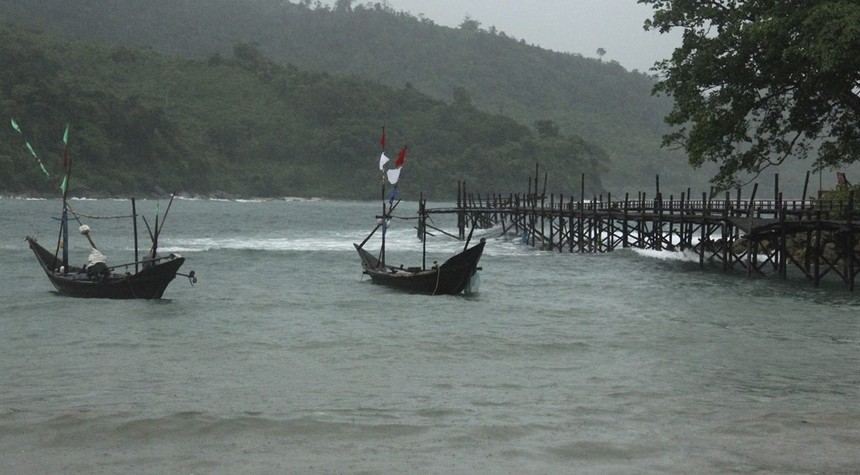China to launch chemical rainmaking effort to combat drought
While the western United States is facing a serious drought combined with heat waves at the moment, the situation in China makes America’s woes seem almost trivial by comparison. China is currently in the midst of the worst drought that’s been seen since they began keeping official records in the fifties.
River levels have fallen drastically during this period, which is particularly bad for the rural, agricultural regions of the country such as Sichuan province for two reasons. First of all, they rely heavily on hydroelectric power, but the rivers are too low in many areas to spin the turbines. Factories that produce solar panels and computer chips have been shut down for more than a week to conserve electricity for homes. At the same time, China’s rice crop is approaching harvest time, but many of the crops are either in danger of failing or have already died. This could eliminate 75% of the country’s rice harvest, a blow that would have global implications.
But the Chinese aren’t ready to give up just yet. They need rain. And since there doesn’t appear to be much of that on the horizon, they’re going to attempt to make it. They won’t be bringing in any native rain dancers or holy men, however. They’re going to try to make it rain using chemicals, while using a different treatment to try to make the soil retain more water. (Associated Press)
China says it will try to protect its grain harvest from record-setting drought by using chemicals to generate rain, while factories in the southwest waited Sunday to see whether they would be shut down for another week due to shortages of water to generate hydropower.
The hottest, driest summer since Chinese records began 61 years ago has wilted crops and left reservoirs at half of their normal water level. Factories in Sichuan province were shut down last week to save power for homes as air-conditioning demand surged, with temperatures as high as 45 degrees Celsius (113 degrees Fahrenheit).
The coming 10 days is a “key period of damage resistance” for southern China’s rice crop, said Agriculture Minister Tang Renjian, according to the newspaper Global Times.
When I first scanned these headlines I thought this program sounded potentially risky, if not outright dangerous. Do you really want to fill the sky with chemicals that will then literally rain down into your drinking water and crops? But if you look into how the cloud seeding process works, it’s really not so bad. Most of the material they’re seeding the clouds with is actually just composed of ice crystals. Those crystals form a base for moisture in the cloud to accumulate, growing into rain drops or snowflakes that then fall to the earth.
Read More Here: Hot Air






